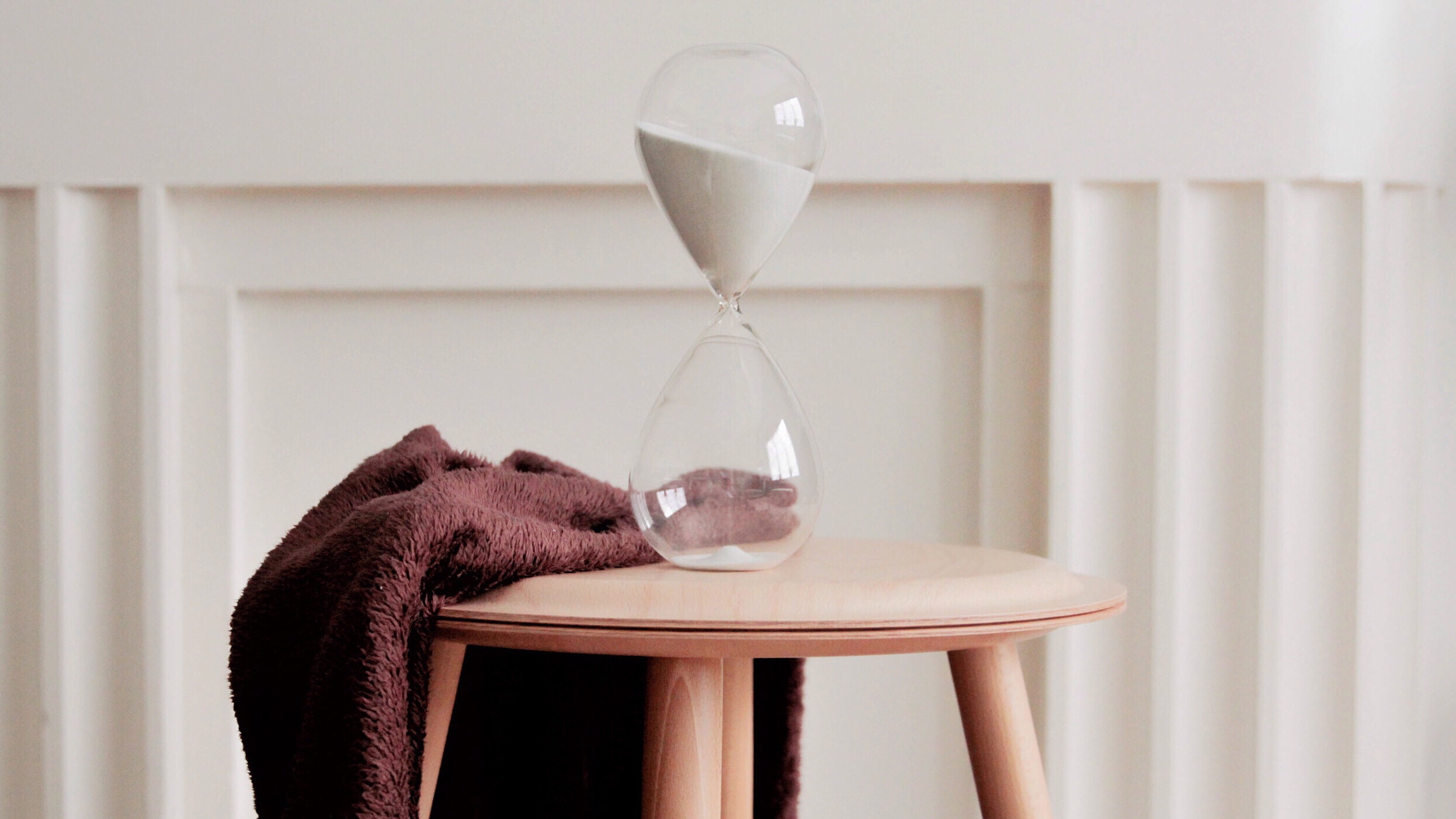Is it even possible to find time in your day? How would you go about it?
In the same way that it’s helpful to track our finances, it is also practical to track where our time goes – at least periodically.
Since time and money are both finite resources, we can look to our finances for some guidance on how to find more time. When we need to find money, we might set up a budget. But first we would need to find out how our money is spent, so we would track our spending.
Likewise, the first step in redeeming time in our days is to find our how we are currently spending it.
I still remember being left speechless when, as a brand new stay-at-home mom, a well-meaning relative asked me, “What DO you do all day?”
Now, he didn’t mean any harm. He was sincerely curious and just wanted to understand what drew me away from a promising career. But I remember the question clearly even 15 years later because I still do sometimes wonder where the time goes each day.
Even now I sometimes ask myself where the day went and wonder why I couldn’t find 15 minutes to sit outside with a cup of tea. I wonder why I didn’t call my mom…again. Or how I never got around to working on that project that I’m excited about. I wonder how much time I spent on dishes or email.
Do you ever wish that you could find time to learn a new skill, set a new goal, work on a new project, nurture a relationship, or just take better care of yourself? Do you ever get to the end of the day and wonder, “What did I do all day?”
We don’t have to wonder. We can know.
Teach us to number our days that we might gain a heart of wisdom. Psalm 90:12
Scripture tells us that we would be wise to recognize that our days are limited. It is useful to face the fact that we are spending our life with each passing minute.
So what do YOU do all day?
Just like tracking our spending, tracking the time we spend can be a little uncomfortable. I don’t always really want to know how much time I spend on Facebook, procrastinating, washing dishes, or snacking.
Facing the reality of how we actually spend our time can give us the power to take back some of those precious minutes and use them for something that is more meaningful to us.
Even tracking time spent over just a few days is enlightening. I’m not suggesting that we should be tracking every minute of every day. Some people like to keep that kind of data, and if that is helpful to them, that’s great. I’m not one of them. It just seems like something that I wouldn’t want to have to think about all the time. But I do track my time for 3-4 days every few months just to find areas of improvement in order to redeem time for more important areas.
When I first started time tracking, about 3 years ago, I learned:
- I was spending 3 hours a day, on average, in the kitchen! While I enjoy cooking and make it a priority to cook real food for my family, I knew that 3 hours a day was not necessary or efficient. So I began working to cut that down using freezer meals, improved planning, and batching.
- On average, I spent 3.3 minutes during the day taking a “break”. For me, I defined a break as time intentionally set aside to sit with a book and/or a cup of tea in the afternoon and just catch my breath. Less than 5 minutes a day was surprising and unacceptable.
- 50 minutes of the day were spent in focused time, giving attention to family or friends – not including homeschooling or homework help.
- When it was all tallied, I realized something encouraging. Homeschooling, preparing meals, taking care of our home, and farm work easily took up at least 8 hours of my day. How enlightening it was to realize that, yes, I am spending my days doing what I intend to do – for the most part.
I made some corrections to reduce certain areas by cooking simpler meals, improving a few processes around the house, implementing Getting Things Done (GTD) to help with planning, and setting goals to read more and clean less.
Yet another benefit of a time tracking experiment is to be able to look back on our day and know what we’ve accomplished. Our time record also serves as a “done list”. Instead of focusing on what we didn’t get done, keeping a time log helps us to know what we actually DID do.
Overall, these changes have helped me to find better balance and more contentedness because I know that I am spending my time in line with my intentions. Adjustments have allowed me to make time to write and start new ventures – like this blog – that I never thought I had “time” to do.
Want to Try Time-Tracking? Here Are Some Helpful Tools.
On days that I am on the computer more or out of the house, I use an app on my computer or phone. But when I am at home on days when I am not writing a lot, I am more consistent using the old-fashioned pen and paper method.
- My favorite time tracking app is the Hours App. It includes multiple “timers”. For example, some of mine are homeschooling, writing, house cleaning, cooking, farm work, relationship time, etc. I just start and stop the timer that applies to what I am doing at the time. This app is free for the first 30 days, but then the paid version is required. If you are just going to track your time for a few days, I recommend using this app.
-
Longer term, I use the Toggl App. The user interface is not quite as slick as the Hours App, but the basic version is completely free and it does the job well, if not as colorfully.
-
Try the simple paper and pencil method. Simply put a piece of paper, with the time listed down the left hand side in 30 minute increments, in a place where you’ll see it frequently throughout the day. When you walk by, update it. You will have to tally up the time you spent on different areas, but then you can snap a picture of it and keep it in Evernote for future reference. I like to go back and compare my old time tracking experiments to my current reality. But maybe I’m just geeky like that.
-
Try a list app like the Reminders App on Your iPhone. Siri can help you track your time hands-free. For example, I have a list in my Reminders App named “Time Today”. I can just say, “Hey, Siri, add ‘blog post rough draft 7-8:30 am’ to my Time Today list. At the end of the day I have a list of where I spent my time for the day without writing – or typing – a thing. The downside to this method is that I have to calculate how much time I spend on different items and then record it in Evernote.
-
I find keeping a simple kitchen timer handy helps. Actually, I’ll admit that I keep 3 timers in various parts of the house so that I can time how long frequent household tasks actually take. For example, now that I know that it takes me 4 minutes to unload the dishwasher, I don’t put it off anymore. I just do it.
Think About What Might Work Best for You.
An online tool like Hours or Toggl might be great if you’re on your computer or phone much of the day. If you’re not, an open notebook might be the best way to remind you to log your time. Or maybe you could use a simple timer to time tasks then tell Siri to add them to your time tracking list.





